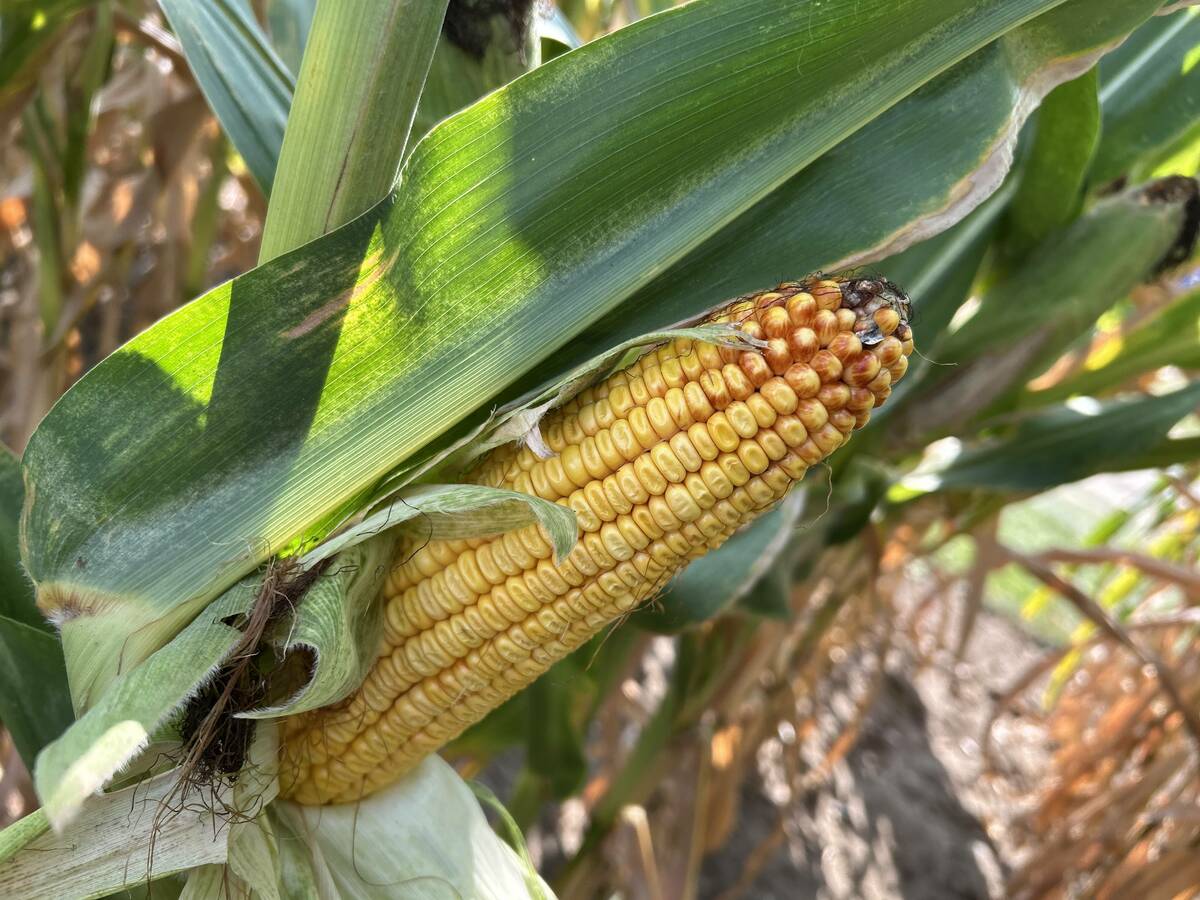Basis still attractive | Recent peak sparked by scramble for tight old crop supplies
Farmers can’t expect the same incredible plus basis levels they received in 2012-13, but they should still feel pretty good about the basis buyers are offering, say analysts.
“It’s better than we’ve normally seen,” said Jon Driedger of FarmLink Marketing Solutions.
“Where it’s $5 to $10 under now, it would normally be $20 under, and where it’s $20 under it might normally be $25 to $30 under.”
Prices for immediate delivery of old crop canola now carry a massive plus basis level at some locations as crushers try to bring in the last remaining on-farm stocks before harvest.
Read Also

Crop estimates show mixed results
Model-based estimates used by Statistics Canada showed the 2025/26 crop year has seen increases in canola, corn for grain, oats and lentils production while seeing dips in spring wheat, durum wheat, soybeans and barley in comparison to 2024/25.
Derek Squair of AgriTrend Marketing said July 18 that the best contemporary offer he knew was $55 over the November futures contract, and a few others were close to the same levels.
However, most grain buyers had pulled back from the market and had negative basis levels for September and beyond.
Farmers often saw plus basis levels in 2012-13 as grain companies and crushers pushed cash prices well above futures market prices to get the canola they needed to meet healthy demand.
Demand for oil and meal was good, and North American oilseed supplies were short. High levels of disease and regional dryness had hurt Canadian canola yields,drought in the U.S. Midwest hurt soybean yields and weather problems in South America had hurt that soybean crop.
It is a different story this summer with soybean and canola crops looking good north and south of the border, so most buyers don’t feel the same desperation about getting supply.
However, Squair said that new crop basis levels are still on the farmer’s side compared to what they would normally be.
“If we’re at 19.7 (million acres) and we seem to be raising the yield here as we go, we should see something like $30 to $35 under,” said Squair.
“For what’s coming and where soybeans are, and relative to canola, we’re fairly happy with where canola basis levels are.”
The exceptionally strong basis common in the second half of 2012-13 will collapse in the next two months as long as a good crop is harvested. Farmers might be unhappy receiving both lower futures values and minus basis levels, but analysts say they could be doing a lot worse.
“We’re transitioning from tight stocks to adequate stocks,” said John Duvenaud of the Wild Oats grain market advisory.
“Historically they’re still pretty good, but they’re certainly lower than they were this past year.”
None of the analysts contacted felt that basis levels for new crop would weaken much further, even if a good crop is harvested. There is still lots of demand, and ending stocks won’t be large.
Agriculture Canada forecasts that despite a bigger canola harvest, year end stocks will remain tight, at 400,000 tonnes, because domestic crushers and export buyers will be eager to take the increased supply.
“I don’t think we’ll see a whole lot of weakening,” said Driedger.
“The crushers have a good book on. These guys need to buy a lot of canola. Farmers aren’t going to be very aggressive sellers, and I think basis is going to have to do some of the work of bringing the crop in.”
Squair said crusher demand is key, and the sector seems to have lots of future business.
“They could get fairly aggressive as we get into the winter.”















